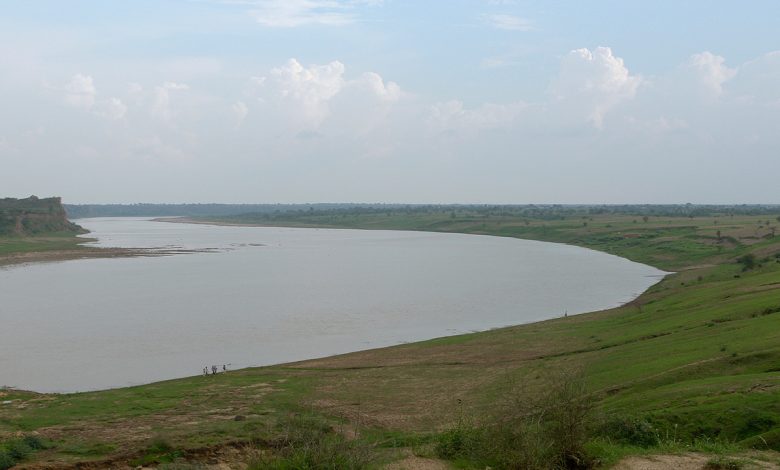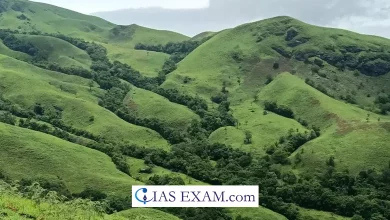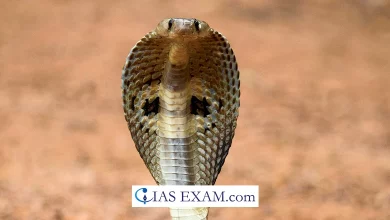Daily Current Affairs for UPSC
National Chambal Sanctuary
Syllabus- Environment and Ecology [GS Paper-3]

Context- The National Chambal Sanctuary area is under threat due to illegal sand mining which damages the ecosystem and endangers its flora and fauna.
Key Highlights
- To address the issue, a high-level meeting was held in Jaipur where the chief secretaries of the three states discussed concerted efforts to protect the shrine.
What is the significance of National Chambal Sanctuary?
- Chambal National Sanctuary is located at the junction of Rajasthan, Madhya Pradesh and Uttar Pradesh.
- It is a delicate pilot ecosystem that is a critical breeding ground for gharials – fish-eating crocodiles.
- The sanctuary is protected under the Wildlife Protection Act 1972 and is listed as an “Important Bird and Biodiversity Area”.
- The sanctuary is also a proposed Ramsar site and is home to over 320 residents and migratory birds.
What is the status of sand mining in India?
Information:
- Sand is classified as a “minor mineral” under the Mines and Minerals (Development and Regulation) Act, 1957 (MMDR Act) and administrative control of minor minerals rests with state governments.
- The main sources of sand are rivers and coastal areas, and the demand for it has increased significantly in recent years due to the construction and infrastructure development of the country.
- The Ministry of Environment, Forests and Climate Change (MOEFCC) has issued “Sustainable Sand Mining Management Guidelines 2016” to promote scientific sand mining and environmentally friendly management practices.
Problems related to sand mining in India:
- Water scarcity:
- Sand mining can cause depletion of groundwater resources and cause water scarcity in nearby areas.
- For example, the Yamuna River in Haryana’s Yamuna Nagar district is threatened by mechanized and unsustainable rock and sand mining.
- Flooding:
- Excessive sand mining can cause riverbeds to become shallower, which can increase the risk of flooding.
- In the state of Bihar, for example, sand mining has caused increased flooding of the Kosi River, damaging crops and property.
- Related Illegal Activities:
- Unregulated sand mining also involves illegal activities such as encroachment on public land, corruption and tax evasion.
What is the legal framework for mining in India?
- Entry at serial number 23 of List II (State List) of the Constitution of India obliges the state government to own minerals within their boundaries.
- Entry at serial number 54 in List I (Central List) authorized the Central Government to hold mineral resources in Exclusive Economic Zone (EEZ) of India.
- Accordingly, the Mines and Minerals (Development and Regulation) Act, 1957 (MMDR) was framed.
- The International Seabed Authority (ISA) regulates mineral exploration and mining.
- It is governed by a UN treaty and India, as a party to the treaty, has been given the exclusive right to explore more than 75,000 square kilometers of polymetallic nodules in the central Indian Ocean.
Conclusion
- The joint action of the three countries is a significant step in preserving the flora and fauna of the sanctuary, protecting the environment and preserving the natural heritage for future generations.





.png)



